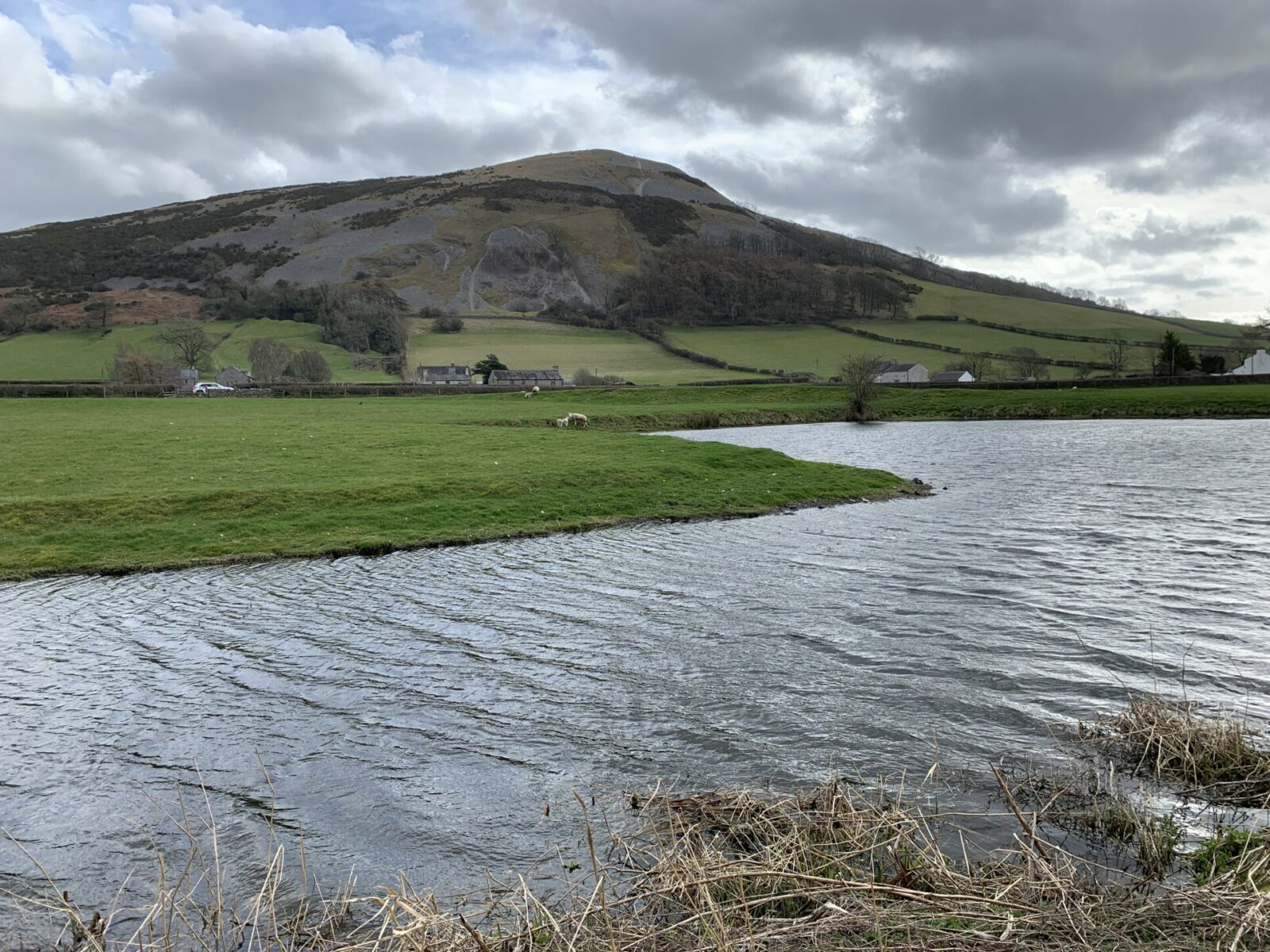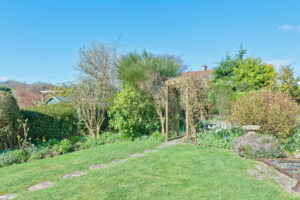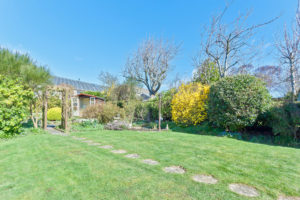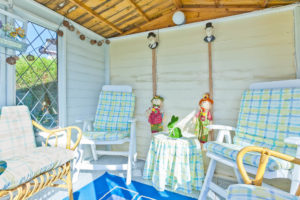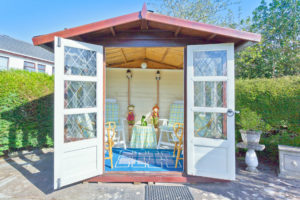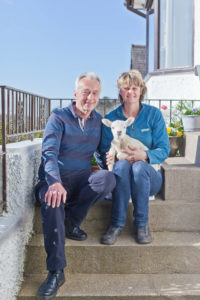Tewitfield Locks
The 18th century saw the beginnings of industrialisation in Britain, when machines were invented that performed the labour of umpteen people.
Nowhere was the transformation more startling than in the textile industries, where large powered water-powered mills replaced an age-old tradition of home working.
Mechanization affected other areas too, but the limiting factor for expansion was transport.
Factories located beside navigable water could then trade by boat.
A second revolution came with the development of canals, which effectively took the seaboard to the heart of the countryside.
Kendal had long been a succesful town, flourshing from the woolen and other industries, but remoteness from the main industrial centres became an increasing threat to prosperity.
So, in 1792, a waterway linking the industrial heartland of Lancashire via Lancaster and Preston was agreed.
By 1797, barges were passing between Tewitfield and Preston.
The most northerly point on the English Canal System is on the Lancaster Canal at Tewitfield near Carnforth.
The canal’s principal purpose was to transport coal north from the Lancashire Coalfields, and limestone south from Cumbria.
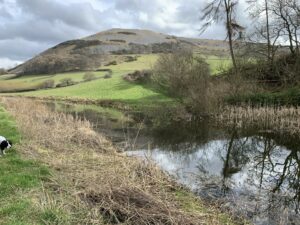
The nature of these cargoes gave the waterway, its local nickname – the Black and White Canal.
The Glasson branch (1820) allowed cargo transfer from seagoing vessels that could not navigate the increasingly shallow Lune Estuary into Lancaster.
At one time, Glasson Dock was the largest port in the northwest.
Lancaster Canal provides spectacular views of the Silverdale Coast, Forest of Bowland, and Wyre countryside.
Furthermore, the canal features some of the most impressive canal architecture in the country.
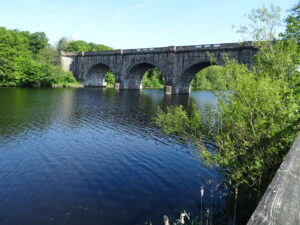
The Lune Aqueduct near Lancaster is the largest all-masonry aqueduct in Britain. It has recently benefited from a £2.4 million transformation, and is one of John Rennie’s finest works.
Construction of the canal started in 1797 and was opened fully in 1819 giving a passage from Preston through to Kendal.
However, with the coming of the railways in 1840, it began the sad decline of the canal.
In 1948 the canal was nationalised.
By 1955, the canal was classified as ‘ having insufficient commercial prospects to justify its retention’.
The section from Stainton to Kendal was closed down and the top two miles were filled in.
In the 1960s, the M6 motorway was built, cutting off the northern reaches of the canal at Tewitfield, leaving the canal to deteriorate until the Lancaster Canal Trust was formed in 1963.
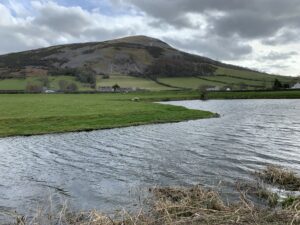
The Trust’s plan is to raise awareness of its restoration programme with the intention of opening the northern reaches of the canal sometime in the future.
Tewitfield Locks are a popular destination for boaters and walkers alike.
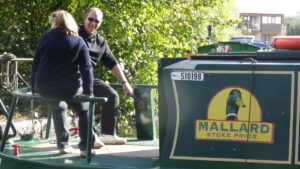
The locks offer stunning views of the surrounding countryside, and there is a pub and a restaurant next to the locks, making it a great place to stop for a bite to eat or a drink.
If you are looking for a Morecambe Bay holiday cottage enquire here.
